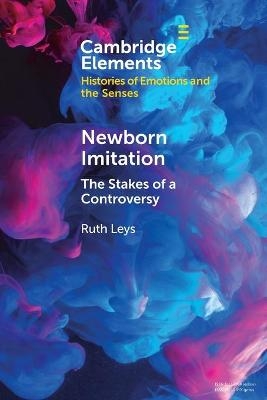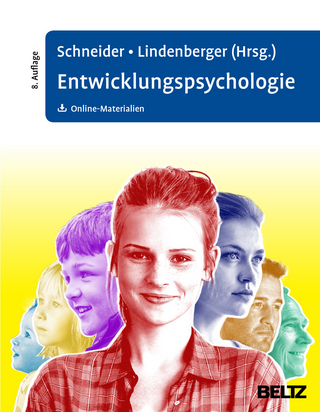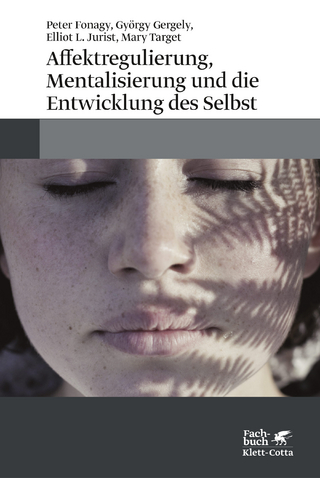
Newborn Imitation
The Stakes of a Controversy
Seiten
2020
Cambridge University Press (Verlag)
978-1-108-82673-0 (ISBN)
Cambridge University Press (Verlag)
978-1-108-82673-0 (ISBN)
Newborn imitation has recently become the focus of a major controversy in the human sciences. New studies have reexamined the evidence and found it wanting. This Element offers a critical assessment of the theories of newborn imitation and the stakes involved.
Newborn imitation has recently become the focus of a major controversy in the human sciences. New studies have reexamined the evidence and found it wanting. Imitation has been regarded as a crucial capability of neonates ever since 1977, when two American psychologists first published experiments appearing to demonstrate that babies at birth are able to copy a variety of facial movements. The findings overturned decades of assumptions about the competence of newborns. But what if claims for newborn imitation are not true? Influential theories about the mechanisms underlying imitation, the role of mirror neurons, the nature of the self and of infant mental states, will all have to be modified or abandoned if it turns out that babies cannot imitate at birth. This Element offers a critical assessment of those theories and the stakes involved.
Newborn imitation has recently become the focus of a major controversy in the human sciences. New studies have reexamined the evidence and found it wanting. Imitation has been regarded as a crucial capability of neonates ever since 1977, when two American psychologists first published experiments appearing to demonstrate that babies at birth are able to copy a variety of facial movements. The findings overturned decades of assumptions about the competence of newborns. But what if claims for newborn imitation are not true? Influential theories about the mechanisms underlying imitation, the role of mirror neurons, the nature of the self and of infant mental states, will all have to be modified or abandoned if it turns out that babies cannot imitate at birth. This Element offers a critical assessment of those theories and the stakes involved.
Introduction; 1. Piaget before Meltzoff and Moore; 2. The primordial unity of the senses; 3. The discovery of newborn imitation; Conclusion.
| Erscheinungsdatum | 24.07.2020 |
|---|---|
| Reihe/Serie | Elements in Histories of Emotions and the Senses |
| Zusatzinfo | Worked examples or Exercises |
| Verlagsort | Cambridge |
| Sprache | englisch |
| Maße | 153 x 230 mm |
| Gewicht | 200 g |
| Themenwelt | Geisteswissenschaften ► Psychologie ► Entwicklungspsychologie |
| Naturwissenschaften ► Biologie ► Humanbiologie | |
| Naturwissenschaften ► Biologie ► Zoologie | |
| ISBN-10 | 1-108-82673-3 / 1108826733 |
| ISBN-13 | 978-1-108-82673-0 / 9781108826730 |
| Zustand | Neuware |
| Informationen gemäß Produktsicherheitsverordnung (GPSR) | |
| Haben Sie eine Frage zum Produkt? |
Mehr entdecken
aus dem Bereich
aus dem Bereich
Vormals Oerter & Montada
Buch | Hardcover (2018)
Julius Beltz GmbH & Co. KG (Verlag)
64,00 €
Grundlagen, Diagnostik und Therapie vom Säuglingsalter bis zum alten …
Buch | Hardcover (2022)
Klett-Cotta (Verlag)
45,00 €
Buch | Hardcover (2022)
Klett-Cotta (Verlag)
55,00 €


